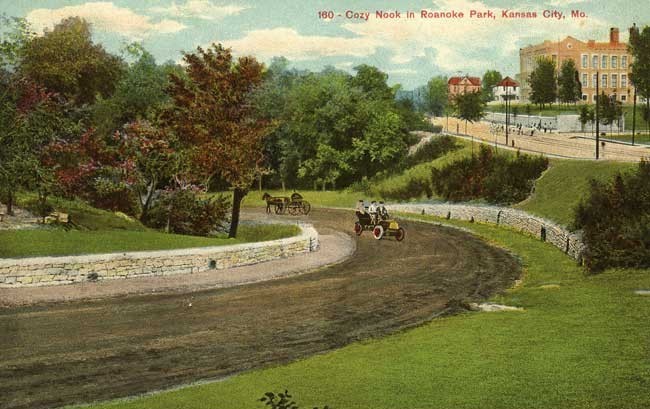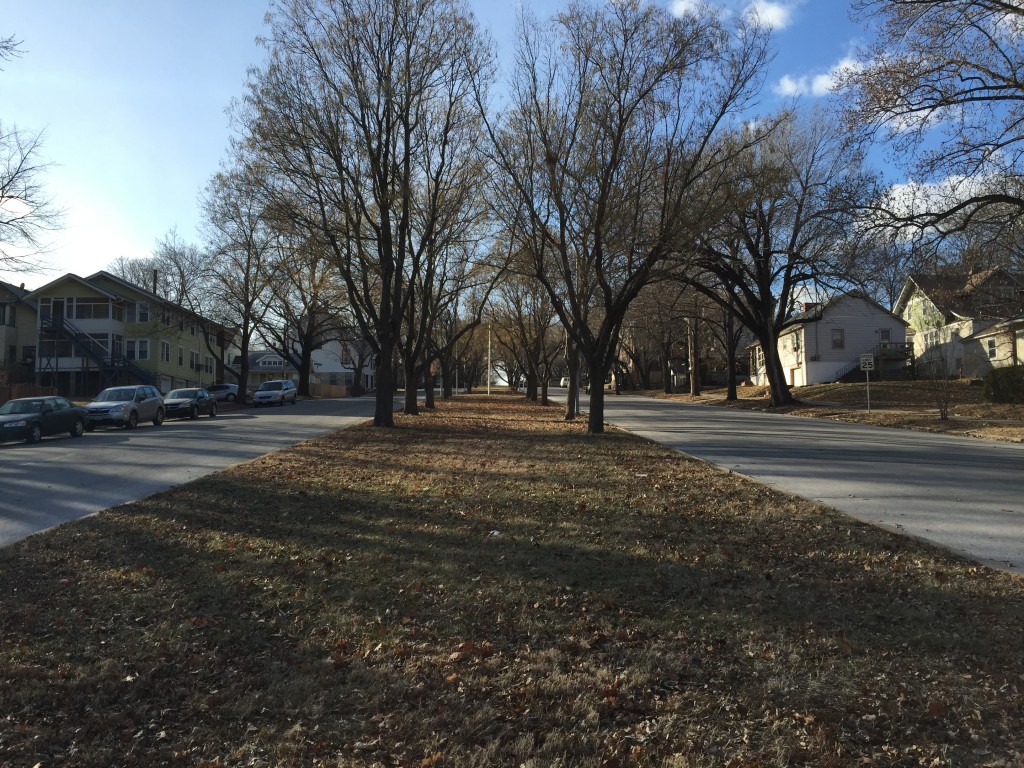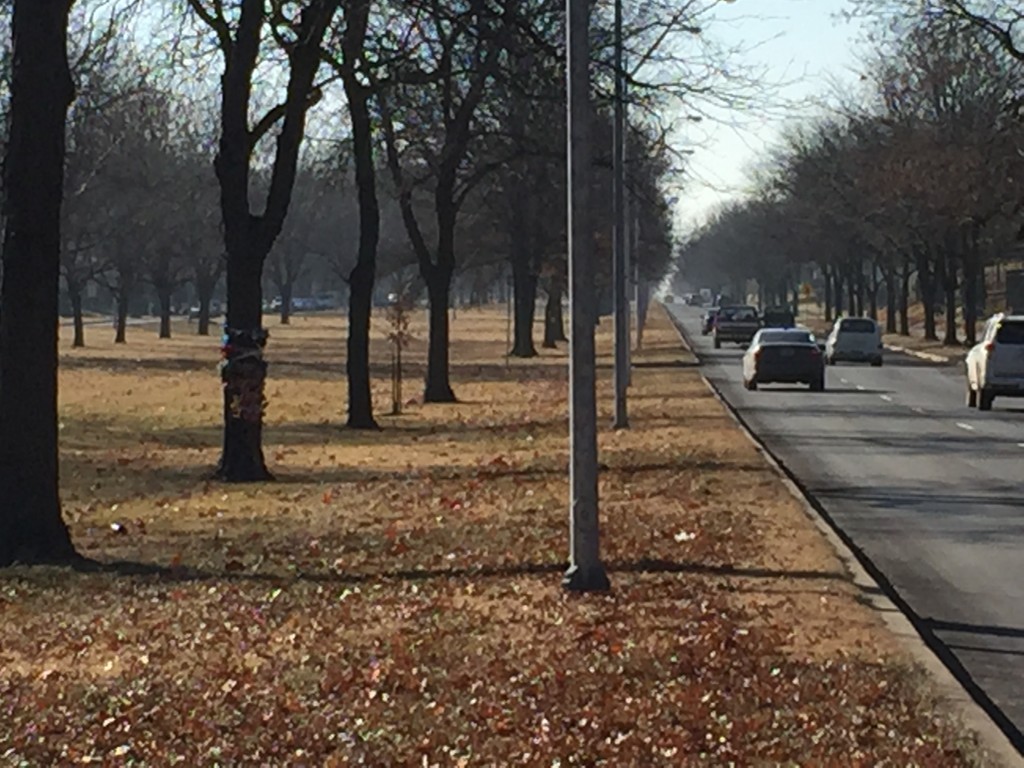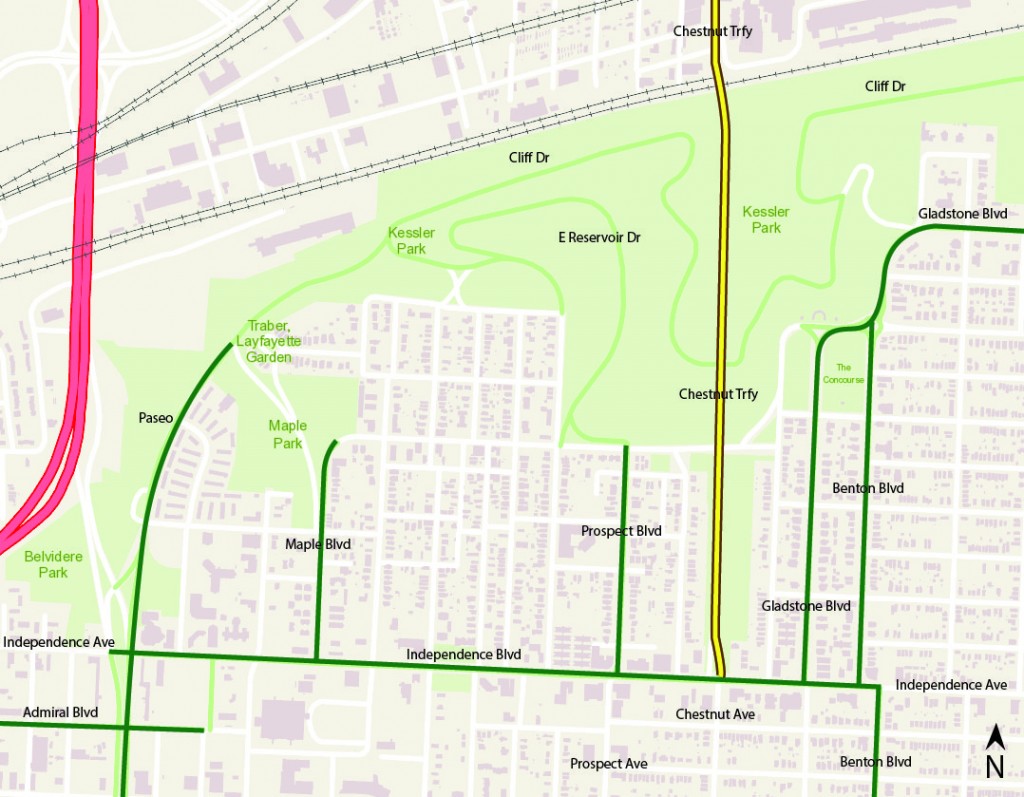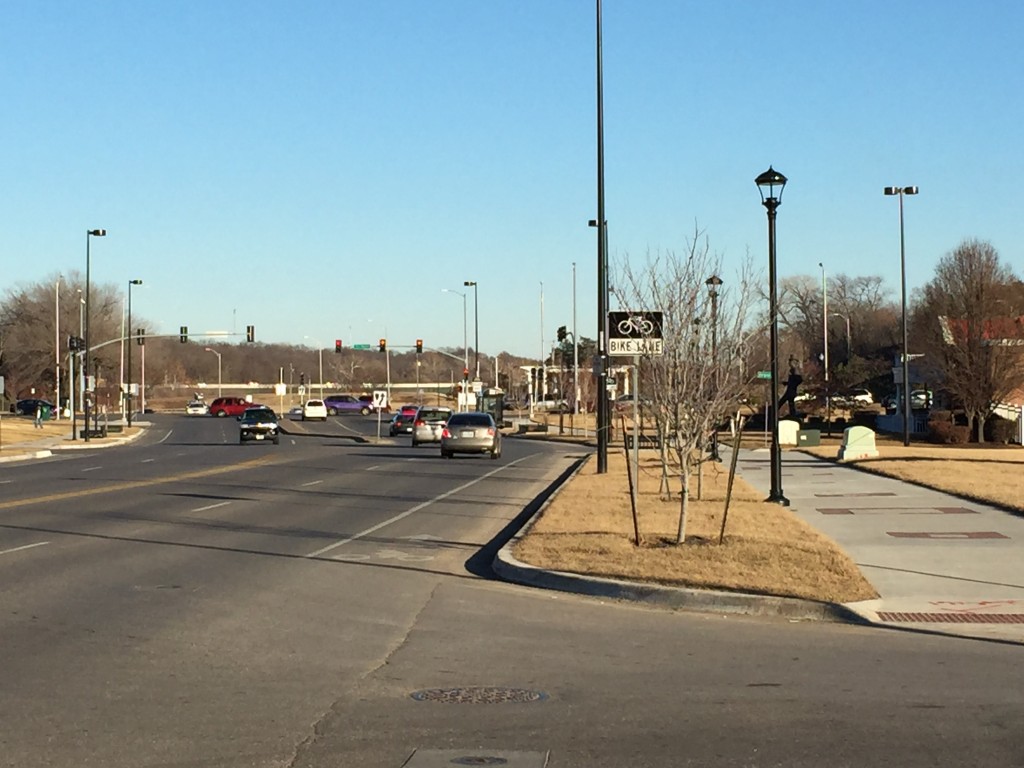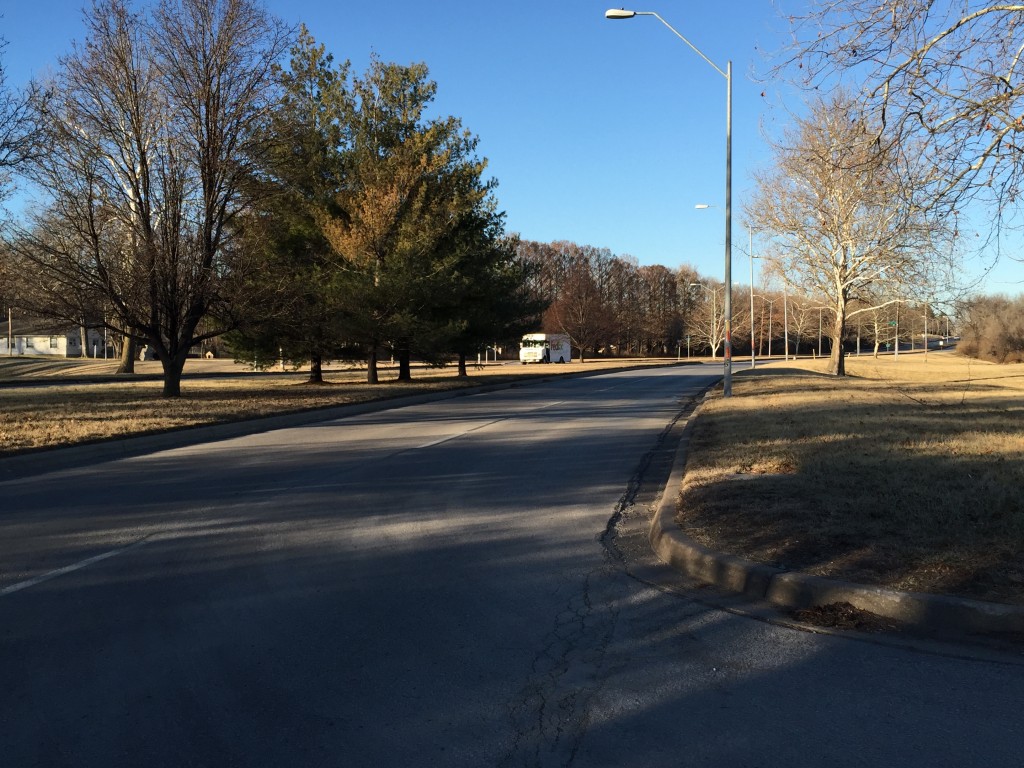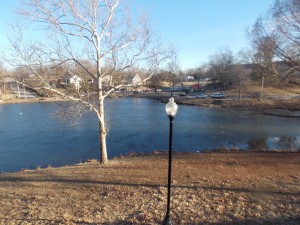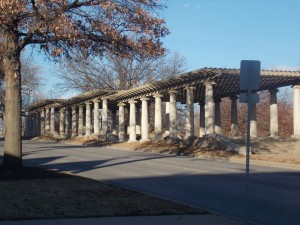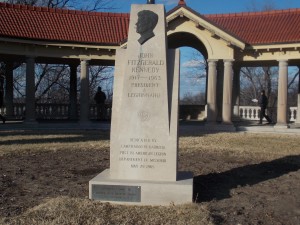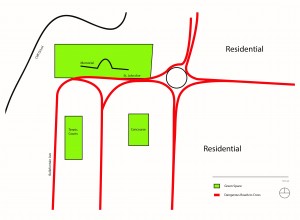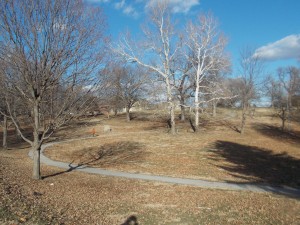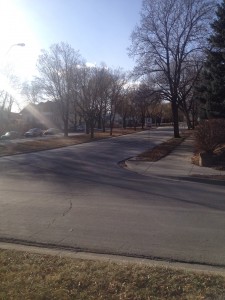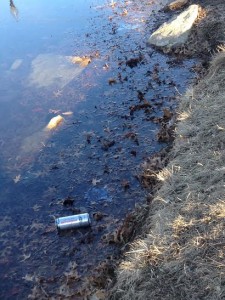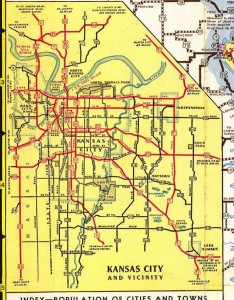A “Drive” through the Park
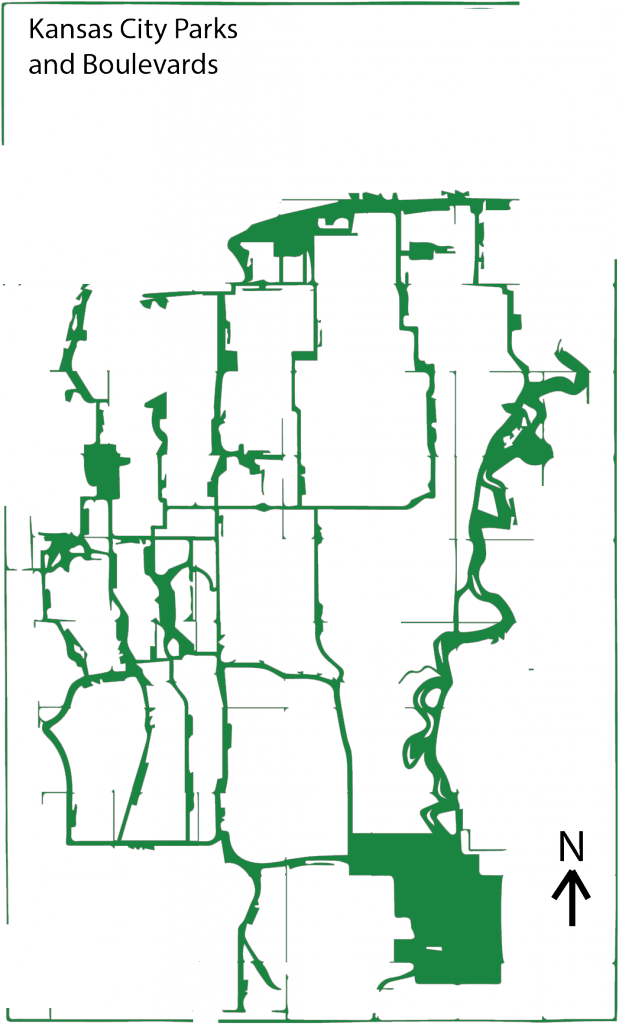
Our city was once like many other river cities of its type, dirty, pragmatic and some might even say ugly. As it expanded from the river, the gridding and subdivision of plots expanded south towards the undulating mounds of what now is Kansas City, Missouri. As man conquered new lands, there was often a manifest destiny mindset of forming our world to our whims. Yet, when George Kessler began to implement a new idea in the early 20th century, things began to change.
As a result of the City Beautiful movement, a progressive network of Parks and Boulevards was developed and constructed. These winding tree lined boulevards and parkways took full advantage of the natural topography of Kansas City. Instead of carving straight paths through the hills, the streets that Kessler help to implement curved back and forth creating a network of interlocking streets that lead the passenger through beautiful parks and vistas.
Characteristics
There are several defining characteristics that differentiate the Boulevards from Parkways. The Boulevards generally follow the gridiron of the street system whereas parkways may follow creeks or the natural topography of the city. While there are some exceptions — parts of The Paseo and Meyer – most boulevards don’t have medians in them. Parkways generally have large medians where there is space to play and back in older times, room to park. Boulevards are also very symmetrical and while parkways are sometimes symmetrical in certain areas, they are generally asymmetrical as they wind around the curves of the land.
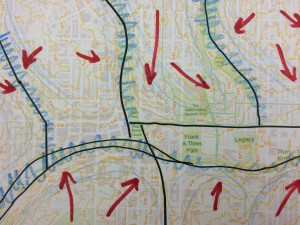
Roanoke Parkway and Park
Roanoke Parkway is disparate from the Roanoke Park. The short parkway is essentially a straight road that connects Westport Road diagonally to 47th street in the Plaza. The video shows a sped up journey one would take going north-west. There are apartment buildings that line the street on either sides and the street is lined with beautiful trees and the setbacks from the street allow a wide view when traveling by foot along the road.
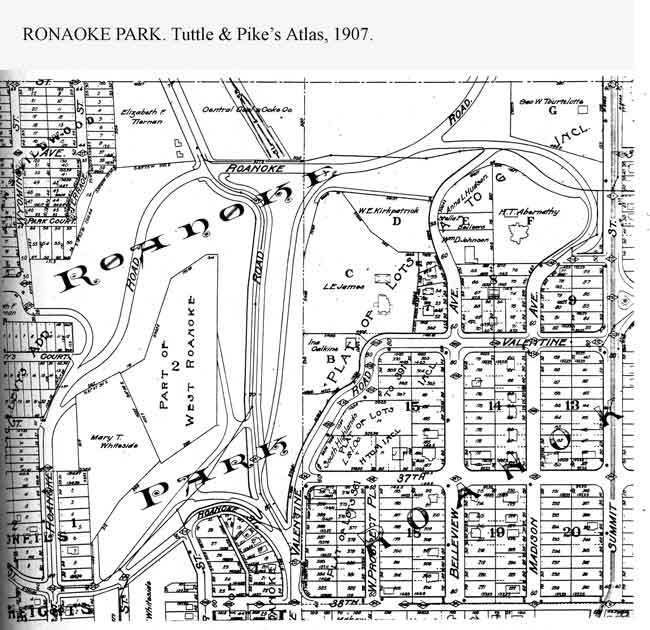
The park associated withthe Parkway is Roanoke park. Built in 1907, it is one of the oldest parks in Kansas City, Roanoke Park has an interesting shape as it tucks itself inbetween the Westport and Midtown areas.
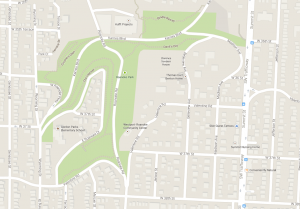
With its beautiful trails, playgrounds, sustainable progress and a Community Center, Roanoke Park stands as a shining example of good park design. From its trails to its wide open spaces, the park offers both passive and active recreation.

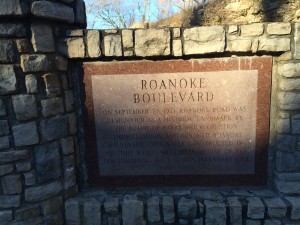
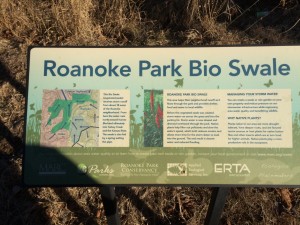
Moving Forward
I have lived in this city for 20 years and while I have never been formally taught about Kessler’s vision with the parks and boulevards, I have spent a great deal of time enjoying their beauty. As our class took an excursion to explore some of the eastern parts of the system I realized how little of the streets and park I had actually experienced. Even on a January day, there was a great attractiveness inherent in many of the parks. The Kessler Park near Cliff Drive was quite impressive, it stands as a great example of the City Beautiful movement with its Romanesque columns and its concrete pergola.
“While parks are of inestimable value in making a city inviting to desirable residents and visitors, furnishing pleasant drives to those who can afford these luxuries, adding to the value of real estate, and promoting the general prosperity, these are matters of small consideration when compared to the imperative necessity of supplying the great mass of the people with some means of recreation to relieve the unnatural surroundings in crowded cities.” – Kessler

